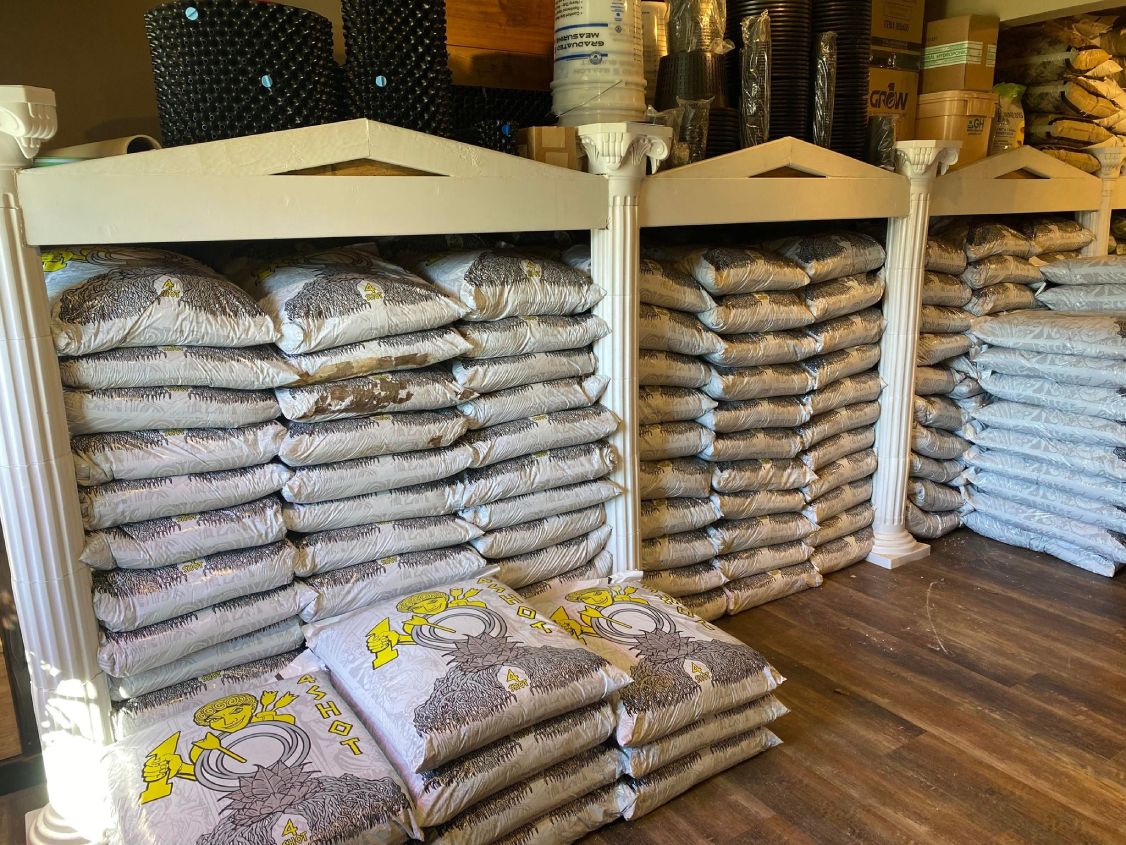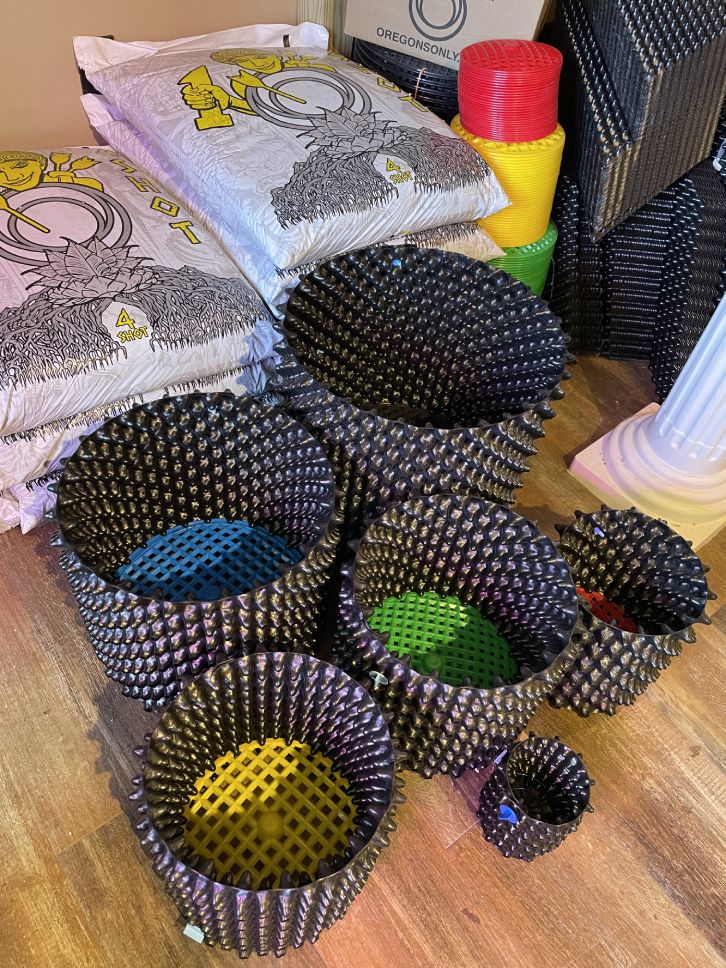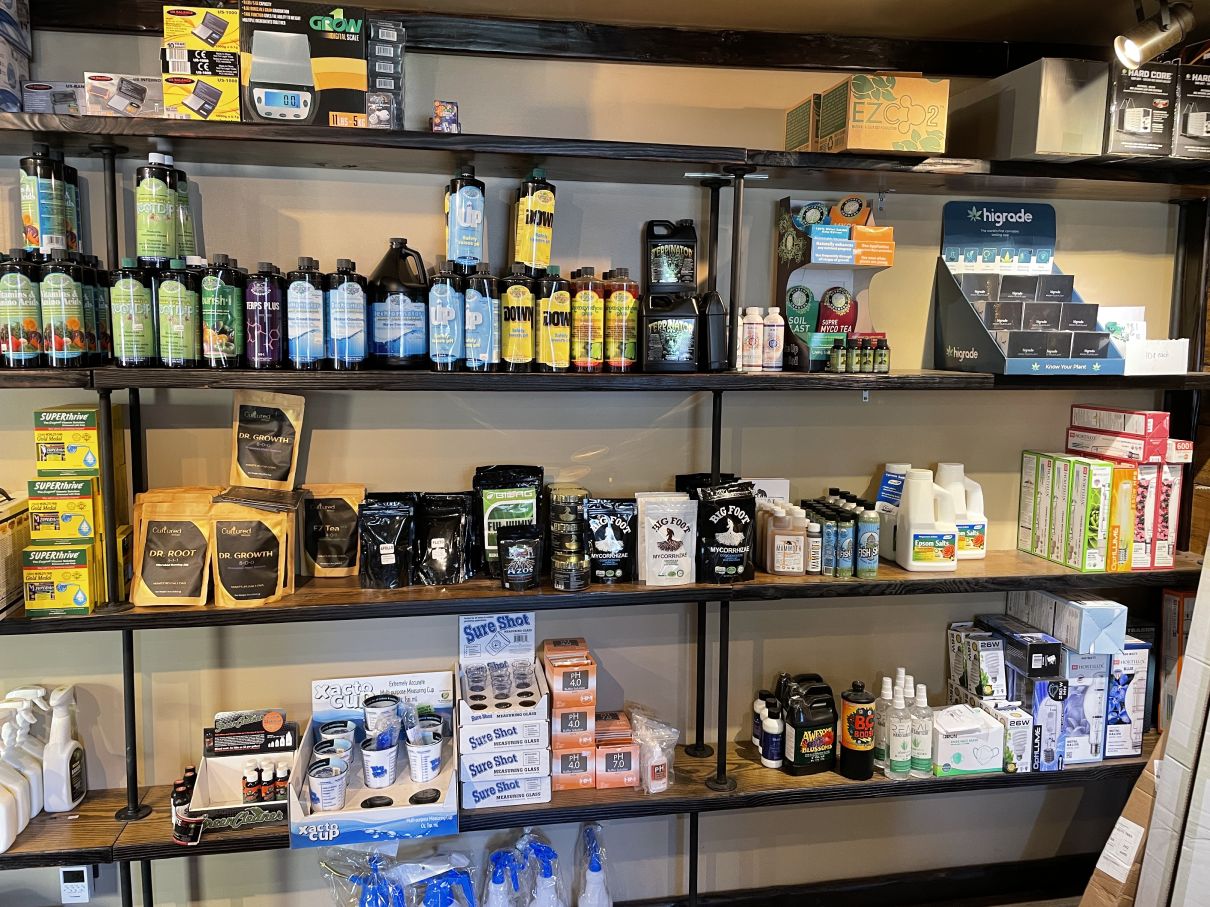Study the Globe of Hydroponics: Exploring Numerous Types
Within the realm of hydroponics lies a varied range of growing techniques that use unique benefits for expanding plants without dirt. As we get started on this exploration of different hydroponic systems, we will certainly uncover the complexities of methods like the Nutrient Movie Technique (NFT), Deep Water Society (DWC), Wick System, Ebb and Circulation (Flooding and Drain), and Aeroponics. Each approach presents an unique approach to nurturing plants in a soil-less setting, encouraging innovation and effectiveness in the realm of modern-day agriculture.

The Nutrient Film Strategy (NFT)
The Nutrient Movie Method (NFT) is a hydroponic system that entails a constant circulation of nutrient remedy over plant roots in a thin film to advertise reliable nutrient uptake. This technique makes use of a shallow stream of water which contains liquified nutrients, allowing the plant origins to have constant accessibility to the essential aspects for development - The Indoor Earthworm. The nutrient remedy streams along the base of the network, speaking to the origins and afterwards draining pipes away, giving an extremely oxygenated setting essential for root health
Because the nutrient remedy is recirculated, it requires less water compared to standard soil-based gardening. Additionally, the regulated environment of the NFT system decreases the risk of nutrient discrepancies and diseases, leading to much healthier plants.
Deep Water Culture (DWC)
Amongst the different hydroponic systems utilized for cultivating plants, Deep Water Society (DWC) stands out for its easy yet effective design. In a DWC system, plants are put in net pots, allowing their roots to dangle straight right into a nutrient service. This option is oxygenated using air pumps and air rocks to make sure that origins get an appropriate oxygen supply. The trick to success in DWC is keeping the appropriate oxygen degrees in the nutrient solution to prevent origin rot and advertise healthy plant growth.
Among the primary advantages of DWC is its low maintenance needs. With less relocating components and no demand for a complicated watering routine, DWC is a beginner-friendly option for those brand-new to hydroponic horticulture. Furthermore, the direct access to oxygen and nutrients enables plants to uptake what they need more efficiently, commonly causing faster growth rates and greater returns contrasted to typical soil cultivation approaches. Regulating water temperature level and avoiding algae growth in the nutrient service are essential considerations when applying a DWC system.
Wick System
In hydroponic growing, the Wick System is a passive method that makes it possible for plants to draw up nutrition service via capillary activity. The capillary activity of the wick allows the nutrient service to relocate from the reservoir to the growing tray, making certain a consistent supply of nutrients to the plants' roots. It may not be appropriate for larger plants or those with high nutrient requirements, as the passive nature of the system can lead to unequal vitamins and mineral circulation.
Ebb and Flow (Flooding and Drainpipe)
Exploring the Ebb and Circulation (Flood and Drain) system offers insight right into a dynamic hydroponic strategy that alternates between flooding and draining pipes the plant roots with nutrient remedy. This system operates by occasionally swamping the plant containers with a nutrient service from a tank and after that permitting the excess solution to drain back. The procedure is typically regulated by a timer to make sure routine flooding cycles, offering the roots with oxygen as the remedy declines.
Ebb and Flow systems are flexible and can suit numerous plant dimensions and types. They supply a good equilibrium of water retention and aeration, advertising healthy and balanced root growth. The routine flooding helps provide nutrients straight to the origins, boosting nutrient uptake performance. Additionally, the ebb and circulation activity avoids water stagnancy, reducing the risk go to this website of origin rot and various other water-related concerns.
This technique is preferred amongst hydroponic lovers for its flexibility, effectiveness, and simpleness to various plant needs. With appropriate monitoring and maintenance, the Ups and downs system can support durable plant development in a controlled hydroponic atmosphere.
Aeroponics
Using a high-pressure misting system, Aeroponics is a cutting-edge hydroponic approach that puts on hold plant roots in an oxygen-rich atmosphere to promote optimal nutrient absorption and vigorous development. Unlike other hydroponic techniques, which immerse origins in water or a nutrient remedy, Aeroponics supplies nutrients straight to the roots via a great haze. This haze is splashed at regular intervals, making certain that the roots get a continuous supply of water, oxygen, and nutrients.

Among the essential advantages of Aeroponics is its capacity to make best use of nutrient uptake while decreasing water use. By providing nutrients straight to the roots, plants can absorb them extra efficiently, resulting in faster growth prices and higher yields. In addition, the oxygen-rich setting produced by the misting system boosts origin growth and assists protect against root diseases.
Aeroponics is specifically well-suited for growing leafy eco-friendlies, herbs, and various other plants that grow in oxygenated environments. The Indoor Earthworm. Its effective usage of resources and capability to promote fast growth make it a prominent option for hydroponic enthusiasts seeking to attain optimum outcomes
Final Thought
Finally, hydroponics uses a series of cutting-edge techniques for growing plants without dirt. From the nutrient film method to deep water culture, each technique has its own benefits and obstacles. By comprehending and using these different kinds of hydroponic systems, people can explore new opportunities for sustainable farming and optimize plant growth in regulated settings.
